Buying a sofa is a big deal for your home. It’s where you kick back after work, hang out with friends, and maybe sneak in a nap here and there.
Remember to repin your favorite images!
A good sofa isn’t just another purchase—it’s an investment in your daily comfort and your home’s style.
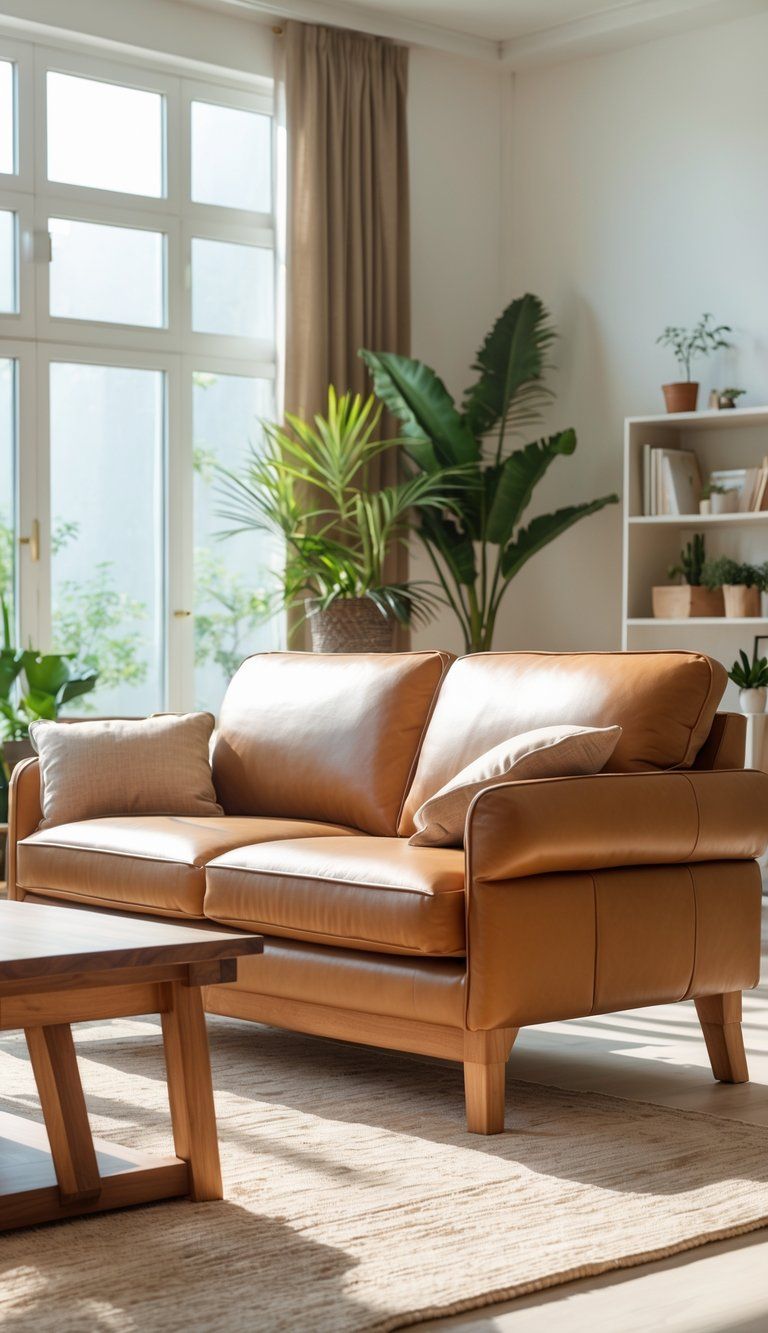
If you want a sofa that’ll last for decades, focus on three things: a solid frame, quality springs and cushions, and tough upholstery. Forget the latest trends for a second and check out what’s inside. Hardwood frames outlast the cheap stuff, and premium cushions keep their shape for years.
Budget’s important, but remember, sofas can run from $500 for the basics to a few grand for something fancier. Usually, that higher price means better materials and craftsmanship, which really pays off over time.
Before you buy, measure your space carefully. Think about how the sofa will fit with your room’s layout and vibe.
The best sofa balances timeless design with the durability to handle real life.
Understanding What Makes a Sofa Last for Decades
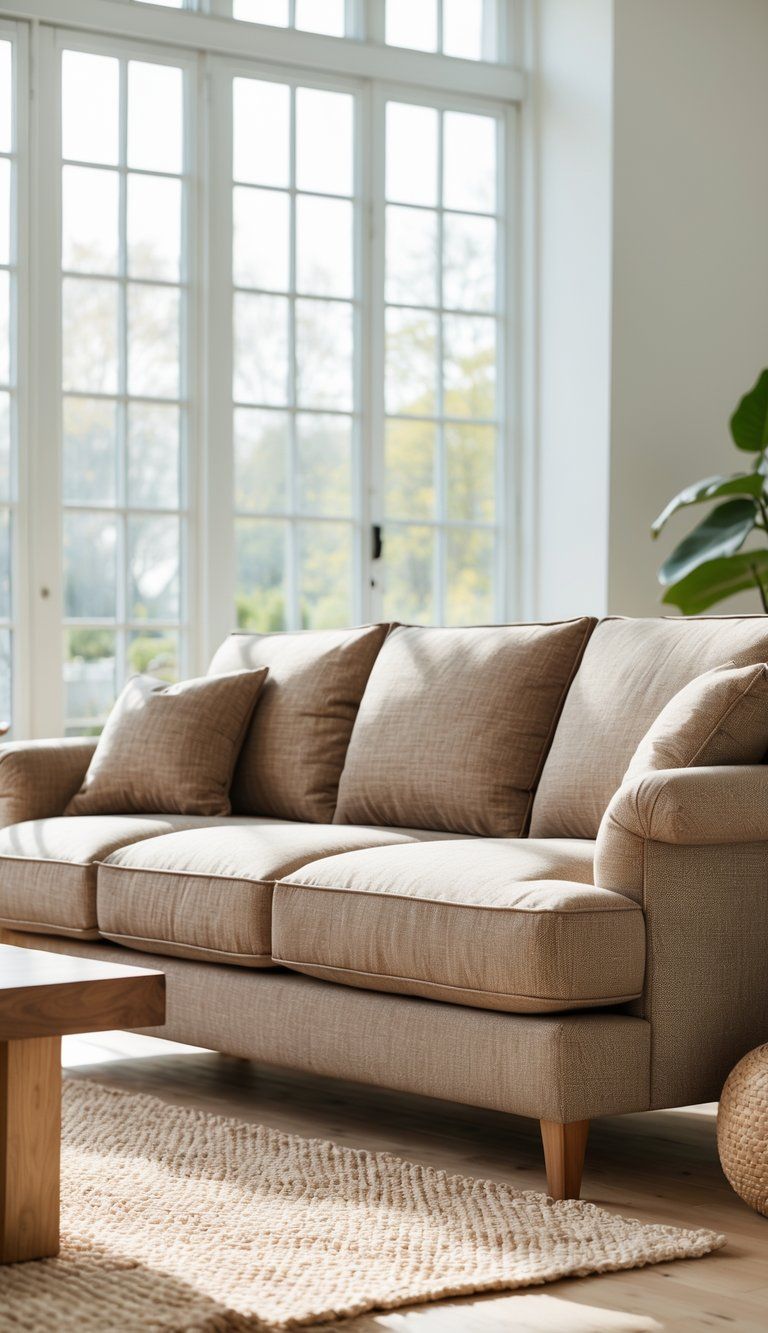
Knowing what makes a sofa last can save you money and headaches down the road. A durable sofa brings together solid materials, strong construction, and smart design.
Key Attributes of a Durable Sofa
The frame’s the backbone—no getting around that. Go for hardwood frames made from kiln-dried oak, maple, or ash. These woods don’t warp or crack easily.
Stay away from particleboard, pine, or plastic frames. They just don’t hold up.
Check out the joinery. Good sofas use dowels, corner blocks, and metal screws—not just glue and staples. Reinforced corners add real strength and help your sofa survive years of use.
Springs matter, too. Eight-way hand-tied springs give great support and last a long time, but you’ll usually find them in pricier sofas. Sinuous springs (those S-shaped wires) can last, too, if installed well.
Cushion filling affects both comfort and how long your sofa holds up. High-density foam (1.8 pounds or more) wrapped in down or polyester keeps its shape way longer than the cheap stuff.
Balancing Comfort and Longevity
A sofa might be built like a tank but still feel awful to sit on. The best ones balance sturdy build with real comfort.
Seat depth and height matter. Most people like a seat depth of 21-24 inches, but taller folks might want more.
Cushion firmness is a personal thing, but medium-firm usually lasts longer and still feels good.
Try before you buy if you can. Sit on the sofa for at least 15 minutes—just relax like you would at home. Does it support your back? Are the armrests comfy?
A little breaking-in is normal, but a quality sofa keeps its support even as it softens up a bit.
The Role of Craftsmanship in Sofa Durability
You can spot good craftsmanship in the little things. Check the upholstery—straight, even stitching with no loose threads shows care and quality.
Well-made sofas line up patterns across seams and cushions. That kind of detail says a lot about how much the maker cares.
Look at the manufacturer’s reputation and warranty. Companies that offer 10+ year warranties usually stand behind their products.
Hand-tied springs, hand-cut fabric, and hand-finished touches usually mean higher craftsmanship. These old-school techniques stick around for a reason.
Upholstery fabric makes a big difference in how long your sofa lasts. Go for tightly woven fabrics with a high rub count (15,000+ for family use). Natural fibers like wool blends and performance fabrics hold up well, even with daily use.
Evaluating Frame Construction for Long-Term Use
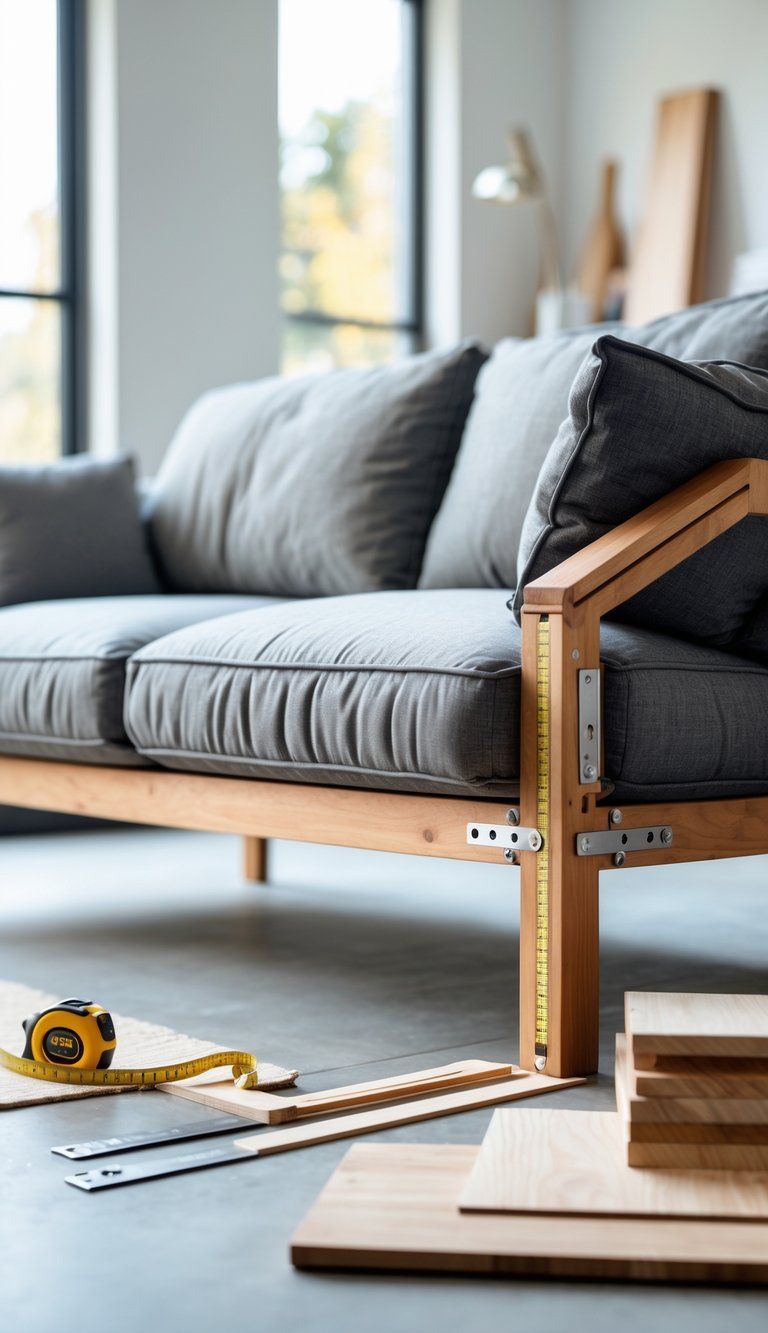
The frame is the skeleton of your sofa and really decides how long it’ll last. A well-built frame can keep your sofa going for 20 years or more. If the frame’s weak, it might not last five.
Materials Used in Sofa Frames
Kiln-dried hardwood frames are the gold standard. Oak, maple, and ash are top choices since they don’t warp and stay strong over time.
Engineered woods like plywood are okay if they use plenty of layers. But avoid particleboard or MDF—those break down faster.
Metal frames, especially steel, are super strong but can feel a bit rigid. Some high-end brands mix hardwood and metal for the best of both worlds.
Ask about the frame material when you shop. Some retailers just say “hardwood frame” without specifics.
Joinery Methods and Their Importance
How the frame pieces connect really matters. Double-doweled joints are strong—wooden dowels fit into matching holes in connecting pieces.
Corner blocks add a lot of stability. Look for frames with corner blocks that are glued, screwed, and stapled at the corners.
Frames held together mostly by staples or glue? Skip those. They won’t last.
Quality sofas use a mix of joining techniques:
- Mortise and tenon joints
- Corner blocks at stress points
- Reinforced screws
- Wood dowels
Try this test: lift one front corner of the sofa about 6 inches. If the other corner rises too, the frame’s probably solid.
Inspecting for Quality Frame Construction
Pull out the cushions and peek underneath. Good frames have visible reinforcements and tight, consistent joinery.
Press on the arms and back. A solid frame shouldn’t creak or move much. Some flex is normal, but too much means trouble.
Weight can tell you a lot. Heavier sofas usually have sturdier frames.
Ask about the frame warranty. Quality manufacturers often give 10+ year warranties because they’re confident in their work.
If you can, ask for cutaway diagrams or pictures of the inside of the frame. Manufacturers who show this are usually proud of what’s inside.
Choosing the Right Upholstery: Fabrics and Textiles
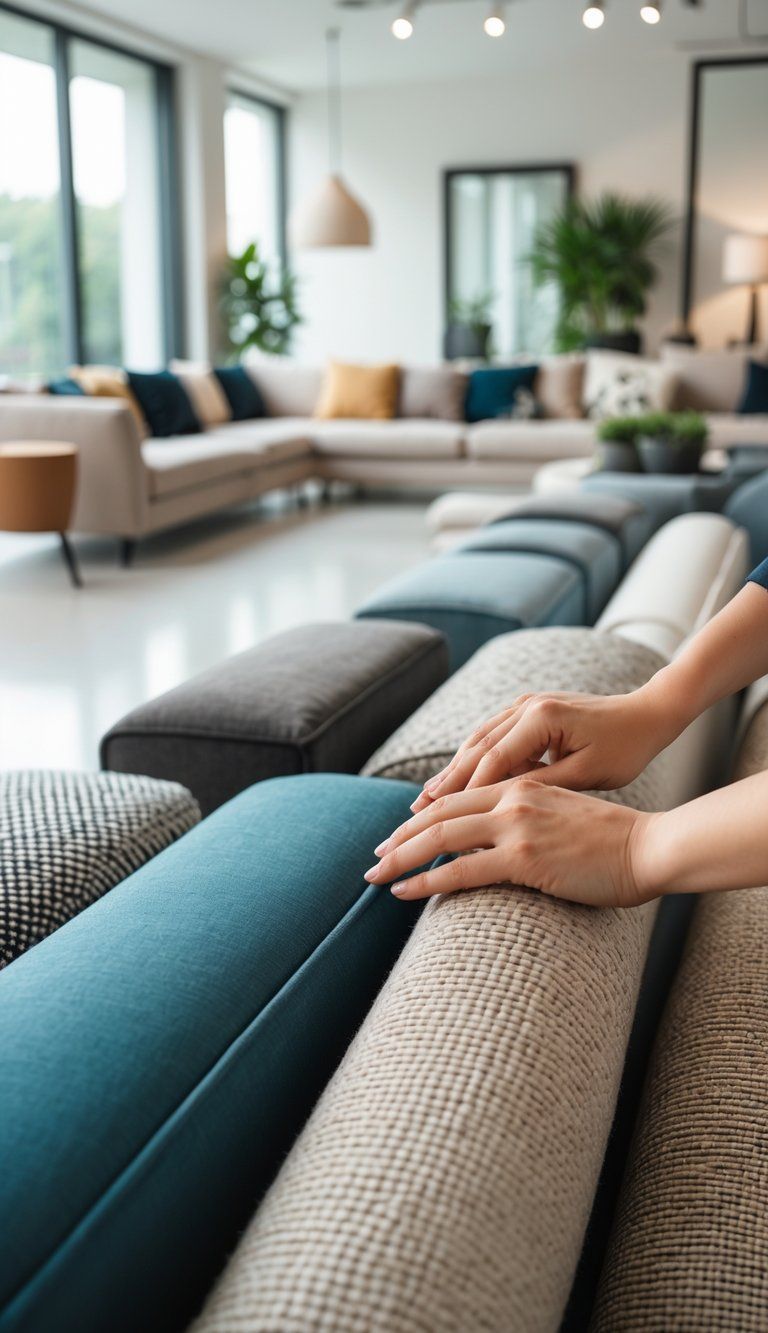
The fabric you pick for your sofa is probably the biggest factor in how long it’ll last. Choosing the right upholstery means balancing durability, comfort, and style.
Durable Fabric Options for Everyday Use
Leather is one of the toughest options out there. It develops a cool patina with age and just looks better over time. If you take care of it, leather can last 15-20 years or more.
Microfiber is another good pick, especially for busy homes. It resists stains, water, and wear, and it’s soft. Cleaning it is usually easier than with natural fabrics.
For a natural option, tightly woven cotton blends with high thread counts work well.
They resist pilling and fading, last longer than pure cotton, and feel comfy and breathable.
Fabric durability rating: Always check the “double rub” count. For a regular home, 15,000 double rubs is the minimum. If you’ve got kids or pets, shoot for 30,000+.
Textiles That Withstand Time and Trends
Performance fabrics changed the game. Brands like Sunbrella and Crypton make textiles that resist fading, stains, and mildew but still feel nice.
Wool blends are super durable and naturally resist stains. They cost more, but they can last for decades if you care for them.
Pay attention to the weave. Tight weaves usually last longer, no matter the material. Twill and jacquard are especially tough.
Patterns help, too. Small-scale patterns hide wear and stains better than solids, so your sofa looks good longer.
Benefits of Neutral Colors for Longevity
Neutral colors set a timeless foundation in your living room. Beiges, grays, taupes, and soft whites don’t go out of style.
These shades make it easy to switch up your room’s look with new pillows or throws—no need to buy a new sofa.
Neutrals also fade less than bright colors. Even the best fabrics fade a bit, but it’s less obvious with muted tones.
Pro tip: Worried about stains on light fabrics? Go for subtle patterns or heathered looks. They hide little marks that pop up over time.
Selecting Sofa Styles Built to Endure
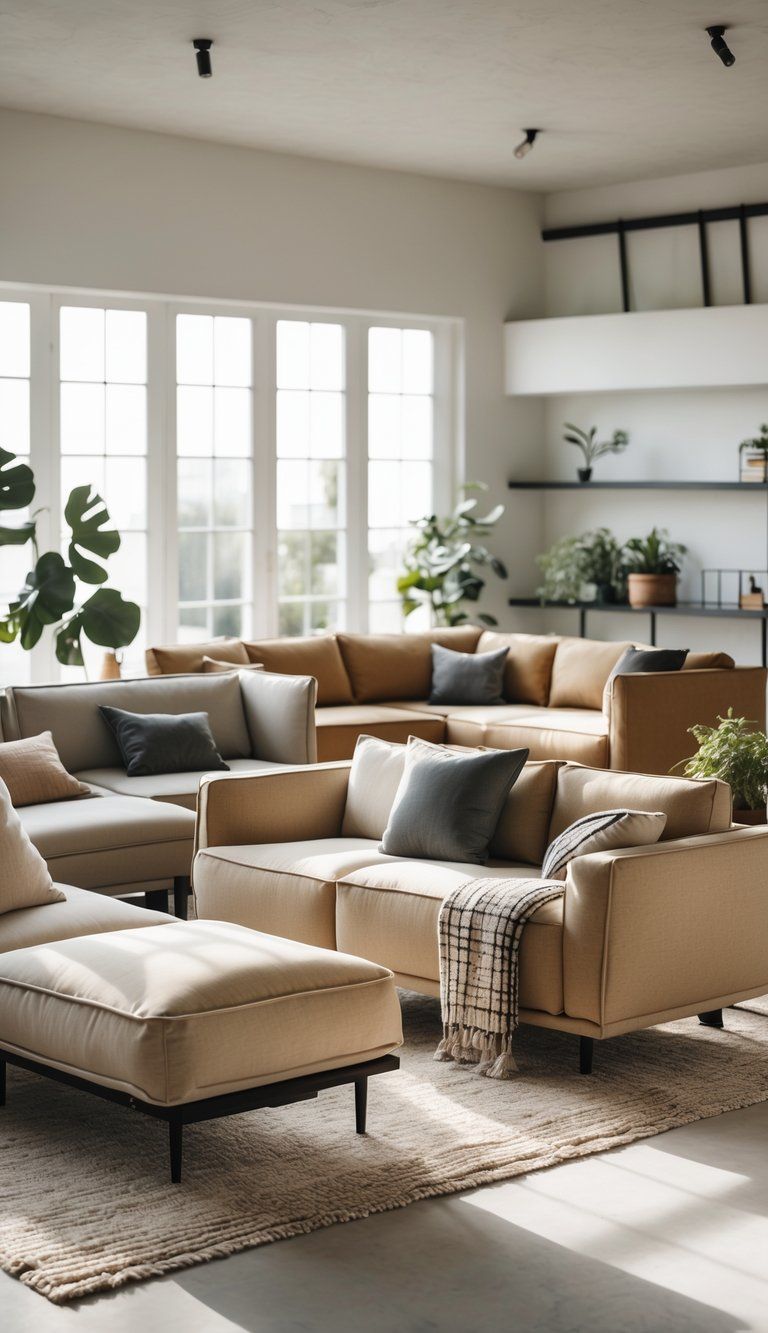
Style matters just as much as materials when you want a sofa that’ll last. Some designs stick around for decades, both structurally and style-wise.
Sectional Sofas: Flexibility and Durability
Sectionals are super versatile for long-term use. Their modular design lets you move pieces around as your needs change.
Look for sectionals with parts you can swap out. If one piece wears out, just replace it—not the whole sofa.
Heavy-duty corner brackets and reinforced frames make a big difference. Metal-to-metal connections last way longer than plastic ones.
The best sectionals offer removable covers for each section. Cleaning or replacing just the worn spots is a breeze.
L-shaped or U-shaped setups give you the most flexibility. You can split them up for different room layouts or keep them together.
Classic and Timeless Designs
English roll-arm sofas have stuck around for over a century. Their rounded arms and tight back cushions keep their shape and fit almost any style.
Chesterfield sofas—with their button tufting and rolled arms—have lasted since the 1700s. The tufting even helps prevent sagging.
Mid-century modern designs focus on clean lines and simple shapes. Their wooden legs and sturdy frames usually outlast fancier, complicated mechanisms.
Try to avoid super trendy shapes. Sofas with wild angles or exaggerated features often don’t age well.
Low-Profile Sofa Features
Low-profile sofas often have better structural integrity because of their lower center of gravity. This design puts less stress on the frame.
Look for platform-style bases made from solid wood. They support the whole seating area evenly, so you don’t get sagging.
Tight-back cushions (attached to the frame) keep their shape better than loose pillows. You’ll see this a lot in low-profile styles.
Go for seat heights between 16-18 inches. That’s comfy for most people and doesn’t put too much strain on the front edge.
Wider arms add stability and can double as a handy spot for a drink or book.
A Practical Buying Guide for a Long-Lasting Sofa
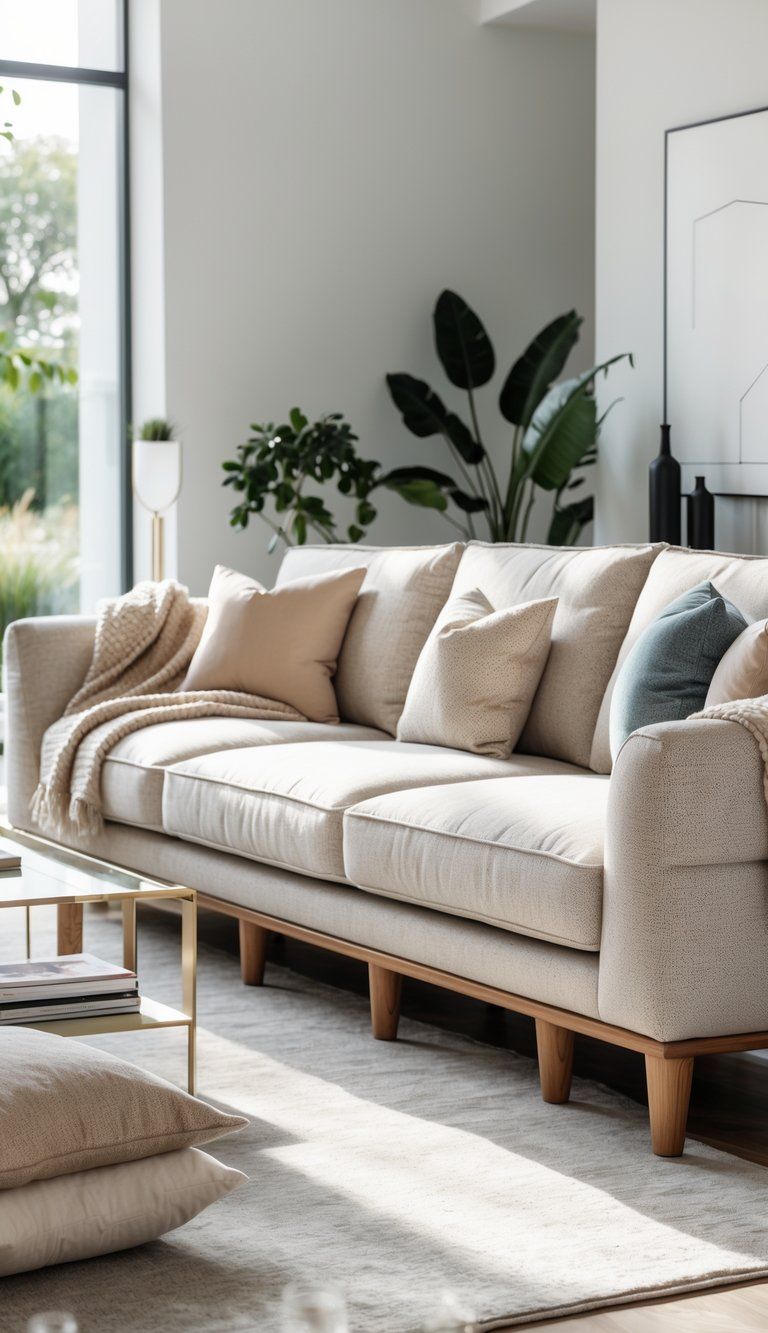
Finding a sofa that lasts means paying attention to materials, construction, and how you’ll care for it. Spend a little more up front and you’ll likely save yourself money and hassle down the line.
Assessing Quality and Value
The frame really makes or breaks any durable sofa. Look for kiln-dried hardwood frames—oak, maple, or ash are your best bets. These woods hold up for decades and don’t warp easily.
Skip sofas with pine or particleboard frames. They usually get wobbly and weak over time.
Check the joinery up close. Good sofas use dowels, corner blocks, and metal screws, not just glue or staples. Solid joinery keeps the sofa sturdy and prevents annoying wobbles.
Sit on the cushions and press down. They should spring back fast. High-density foam (1.8 pounds or higher) wrapped in down or polyester holds its shape much longer.
Springs make a difference too. Eight-way hand-tied springs give the best support, but well-made sinuous springs can work fine. Don’t be shy about asking how the springs are built.
Price indicators:
- Budget: $600-1,200
- Mid-range: $1,200-4,000
- Luxury: $5,000+
Questions to Ask Before Buying
Ask, “What is the frame made of?” That one question says a lot about durability. The salesperson should tell you the exact wood and drying method.
Wondering about the cushions? Ask, “How are the cushions constructed?” Look for phrases like “high-density foam” and check the density rating. Higher numbers mean they’ll last longer.
Springs can be confusing, but ask, “What type of springs does it use?” Good springs stop sagging, which is one of the main reasons people get rid of sofas.
Don’t forget about the warranty. Ask, “What is the warranty period?” A longer warranty usually means the company trusts their own product. Many quality sofas come with warranties of 10 years or more.
Thinking about fabric? Ask, “Can I order fabric samples?” Testing fabric at home helps you see if it’s durable and if the color works in your space.
Try, “How is this sofa designed to prevent sagging?” That question gets you details about the internal support and helps you spot a well-made sofa.
Long-Term Care and Maintenance Advice
Rotate your cushions every month. Flip and turn them to keep wear even. It’s a simple habit but adds years to your sofa’s life.
Vacuum the sofa weekly with upholstery tools. That keeps dirt from settling in and wearing out the fabric.
Handle spills right away. Keep a clean white cloth nearby for blotting (don’t rub!) any messes. For tricky stains, check the manufacturer’s cleaning guide.
It’s a good idea to get your sofa professionally cleaned every year or two. Most quality sofas come with fabric-specific care instructions.
Quick maintenance checklist:
- ✓ Rotate cushions monthly
- ✓ Vacuum weekly
- ✓ Treat spills immediately
- ✓ Professional cleaning annually
- ✓ Keep away from direct sunlight
Take care of your sofa and you might see it last 15-20 years—way better than the usual 7-10 years most people get.
Making Your Investment Count: Final Considerations

A good sofa isn’t just a quick buy—it’s a real investment in your home’s comfort and style. Honestly, what happens after you bring it home matters just as much as picking the right design.
Warranty Insights and Aftercare Services
Always check the warranty before you buy. Most quality brands give you 5-10 years on frames and 1-3 years on cushions and fabric.
Read the fine print, though. Some warranties only cover manufacturing defects, not normal wear. Others might disappear if you don’t follow their care instructions.
Look for retailers that offer aftercare, like:
- Professional cleaning packages
- Cushion refilling or replacement
- Frame repair services
Keep your paperwork in a safe spot. Snap a few photos of your sofa when it arrives to document its condition.
Stay on top of maintenance—rotate cushions and vacuum regularly. That’s what keeps your sofa looking great long after the warranty ends.
Eco-Friendly Choices for Sustainable Durability
When you pick a sustainable sofa, you’re usually getting something that lasts longer. That’s because brands making these pieces often stick to higher quality standards.
Check for certifications like FSC (Forest Stewardship Council) on wood frames. If you care about fabrics, look for GOTS (Global Organic Textile Standard).
Try to go with natural materials if you can:
- Organic cotton or linen upholstery
- Cushions made from natural latex foam
- Solid hardwood frames sourced from responsibly managed forests
Skip sofas with flame retardants or stain treatments that use PFCs or formaldehyde. Those chemicals don’t just break down over time—they can mess with your health and shorten your sofa’s lifespan.
Modular designs are a smart move. You can swap out just one section if it wears out, so you don’t have to toss the whole thing. That cuts down on waste and keeps some cash in your pocket.
Some companies even run take-back programs for when your sofa finally reaches the end of the road. Worth considering, right?

